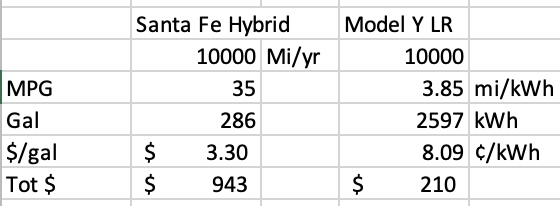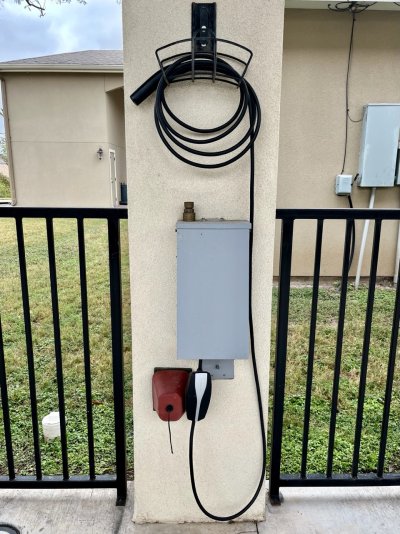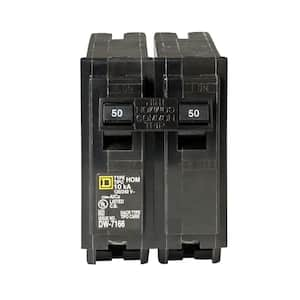If you can find one before March, it looks like they will qualify for the $7500 tax credit, although the battery sourcing requirement will probably change that in March.
If you can find one, it's a great deal.
It costs me 8.50 (at .13kw) to charge mine for a 230-300 mile range. The Forester it replaced would require at least $35 for that, although that's at 3.50/gallon for premium which is selling for about $4.50 right now here in Reno.
If you can find one, it's a great deal.
It costs me 8.50 (at .13kw) to charge mine for a 230-300 mile range. The Forester it replaced would require at least $35 for that, although that's at 3.50/gallon for premium which is selling for about $4.50 right now here in Reno.
Like I said before, that $25k will also get me a used Bolt in the not-too-distant future...I don't know why everyone focuses on Tesla EVs.
I'll add a 240VAC outlet on the front of my place (using the electric dryer circuit) to charge it at my (24/7, all-in) cost of only $0.10/kWh.
Doing that & avoiding ($$$) Level 3 chargers will mean a per-mile fuel cost of ~1/3 that of gasoline.
As for outages, I've lived in the same place for almost 30 years & hurricanes damaging refineries in the Gulf of Mexico have resulted in more gasoline shortages here versus the few noticeable electric outages (longest less than a day) that have occurred in all that time.



